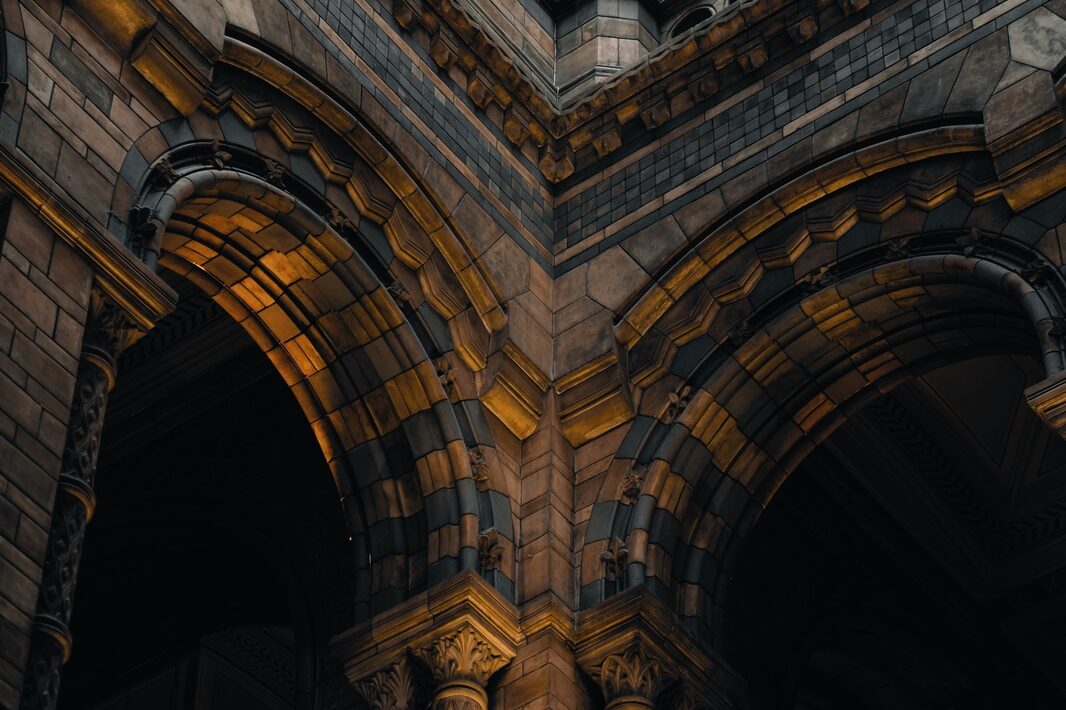Cultivating Natural Beauty
The Elizabethan era (1558-1603) witnessed a flourishing interest in gardens and botany, reflecting a fascination with the natural world and a desire to create spaces of both aesthetic beauty and scientific exploration. Elizabethan gardens became canvases for horticultural artistry and expressions of social status.
Origins of Garden Design
Elizabethan garden design drew inspiration from both local traditions and European influences. Gardens were often meticulously designed with a blend of formal and informal elements, creating harmonious landscapes that showcased the diversity of plant life.
Exotic Plants and Horticultural Exchange
One hallmark of Elizabethan gardens was the inclusion of exotic plants brought back from distant lands. Exploration and trade facilitated the exchange of plants, enriching English gardens with species from around the world.
Renaissance Aesthetics in Gardens
Elizabethan gardens were infused with Renaissance aesthetics, incorporating geometric patterns, symmetry, and classical motifs. These elements reflected the broader cultural emphasis on humanism and the revival of classical ideals.
The Herbal Tradition
Elizabethan gardens were not only visually appealing but also served practical purposes. The tradition of herb gardens continued, providing a range of plants used for culinary, medicinal, and cosmetic purposes.
Royal and Noble Gardens
Royal and noble estates boasted elaborate gardens that showcased the owner’s wealth and taste. Elizabeth I herself had gardens at her palaces, and noble families competed to create the most opulent and enchanting gardens.
Botanical Illustration and Documentation
The fascination with botany extended to documentation through botanical illustrations and writings. Elizabethan botanists, like John Gerard, contributed to the growing body of botanical knowledge, detailing the appearances and uses of various plants.
Legacy and Modern Gardens
The legacy of Elizabethan gardens endures in modern horticultural practices and landscape design. Many garden features and principles from that era continue to influence contemporary garden aesthetics.
Redefining Garden Aesthetics
The exploration of Elizabethan gardens and botany invites us to redefine the concept of garden aesthetics. By examining the fusion of art, science, and cultural values in these gardens, we gain insight into the role of nature in shaping human creativity.
Conclusion
Elizabethan gardens stand as testimonies to the era’s deep appreciation for the natural world. The meticulous designs, incorporation of exotic plants, and botanical exploration transformed gardens into living masterpieces that reflected both the beauty of nature and the ingenuity of human design.

